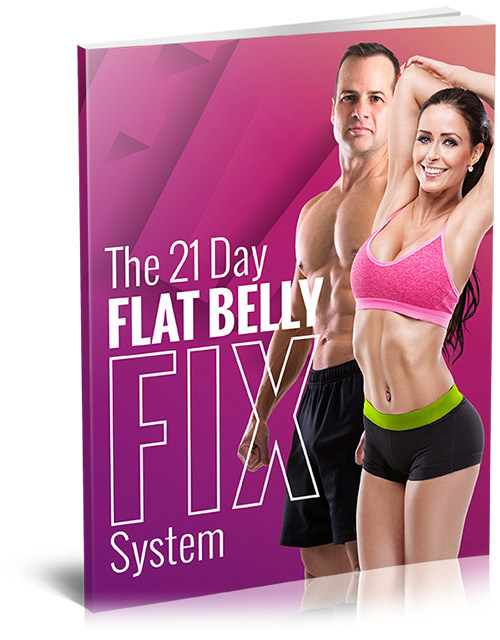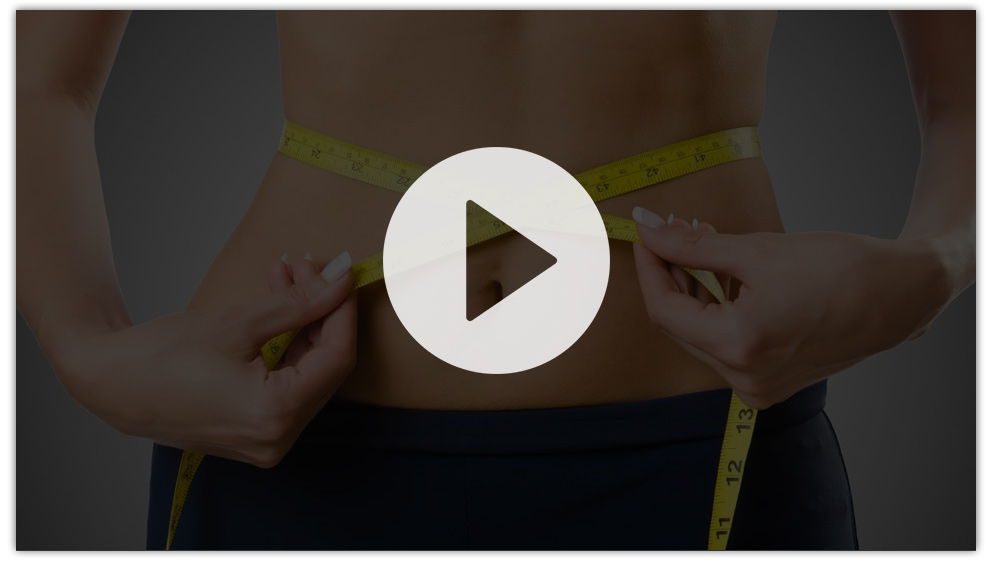A recent British study found people who regularly walked for fitness, at a fast pace weighed less than those engaging in other types of physical activity, including running, swimming, and cycling. Though she’s tried many other types of exercise, Jessica Smith, personal trainer and fitness video guru says walking remains her workout of choice. According to her she truly believes it’s the best way to get and stay in shape.
Not only is it free, anyone can do it and you don’t need any equipment to begin. It’s easy on the joints, and I believe it helps with appetite control.
She also says that she feels less hungry after walking, rather than more which might be the case with other forms of exercise.
Depending on your physical status, you can expect to lose a half-pound to 2 pounds per week with a new walking program. This is according to Erin Palinski-Wade, RD, the well-known author of “Walking the Weight Off for Dummies.” The great news is that the heavier you start, the faster you’ll shed those pounds. To get the best results your new walking program pay attention to these hints and tips.
Check with your doctor
Walking does work for just about everybody—but upping your activity level does put strain on your muscles, joints, and heart. If you haven’t been exercising for a while checking with your primary care doctor is a good idea.
Once you’ve begun your walking regime, stay alert for signs you’re overdoing it. “Always listen to your body,” Smith says. “Pain, light-headedness, or nausea can all be signals that you are exerting yourself too much.” Other warning signals include chest pain, pain that shoots down your arm or up your neck, or severe headaches. If you develop them, stop your workout and check with your health care practitioner.
Shoes and Clothing

If you’re cleared by your doctor you need to get the right footwear. Look for a shop that does gait analyses to help you select the right pair for your specific foot type. Go a half-size up from your regular work shoes, as your feet swell when you exercise. Walking doesn’t require a huge variety of athletic wear, but investing in a few important pieces can make you much more comfortable when walking. Start with the right sports bra – try a few on and do some jumping jacks in the dressing room; you might feel a bit self-conscious, but it’s well worth it to make sure you can move easily but with the right degree of uplift.
Look for tops and bottoms in moisture-wicking fabrics, which will keep you comfortable, dry, and chafe-free. Choose styles with a bit of stretch (new lycra materials are good), so they don’t pinch if you take a bigger step or stride uphill. In cold weather, add layers, you’ll want to start protected from the elements but have clothing to take off as you warm up during the course of the workout.
Avoid Chafing
The combination of sweat, movement, and clothing can leave your skin raw and irritated. Prevent it by applying petroleum jelly or Body Glide which is a convenient, plant-based balm. Use it on your thighs, neck, arms, around your sports bra, or elsewhere you might feel painful chafing or rubbing.
Avoid blisters with socks that fit snugly without sliding, and if sore spots do pop up, cover them with a product like Blister Cushions (there are a variety of different makes), which fit like a second skin to relieve pain, speed healing, and prevent new irritation.
Go Slow
Ultimately, you’ll want to build up to 30 to 60 minutes of walking several day a week. But start slow if you haven’t worked out in a while. Each week, add to the daily total 5 minutes. This slow, steady ramp-up gives your body a chance to adapt, reducing your risk of injury as you get fitter.
One of the great things about exercise in general but especially with walking is that it really can be cumulative during the day
Palinski-Wade says.
If you feel overwhelmed by a 30- or 60-minute total, break it up into three 10-minute segments. You’ll burn just as many calories and net the same health benefits with less stress on your schedule.
Don’t forget to rest and take care, soreness and some pain is normal, just apply ice (or a cooling pack) in spots like your knees, ankles, or lower back. If you have pain directly behind your kneecap, around your Achilles tendon, or in your ankles or hips could mean you’re pushing harder than you should. If a few days of rest and icing don’t resolve these issues, see a sports doc or physical therapist for advice.
Make it Fun!
This is extremely important, just get company for your walks or listen to music, change places you go for a walk. You need to keep it fun or you will lose interest and eventually stop. So don’t overlook this as its very important.
Extra Tip
The Flex Belly Fix system is getting extremely popular as seems to be changing lives all over the world, so we decided to add it to our list.
Click here to learn more about it or click on the video link below.







